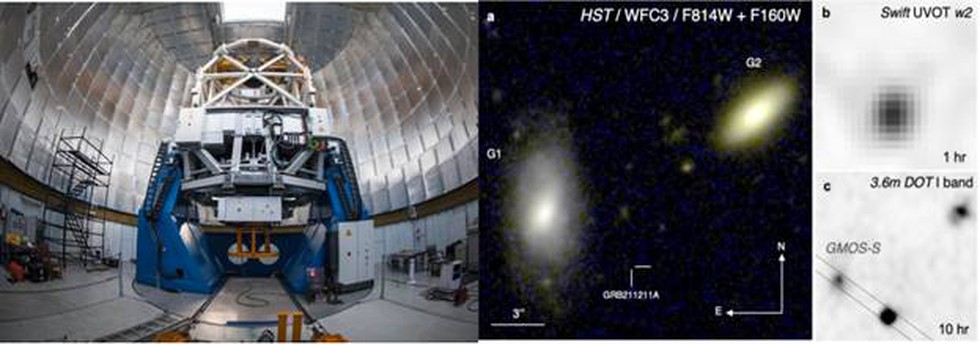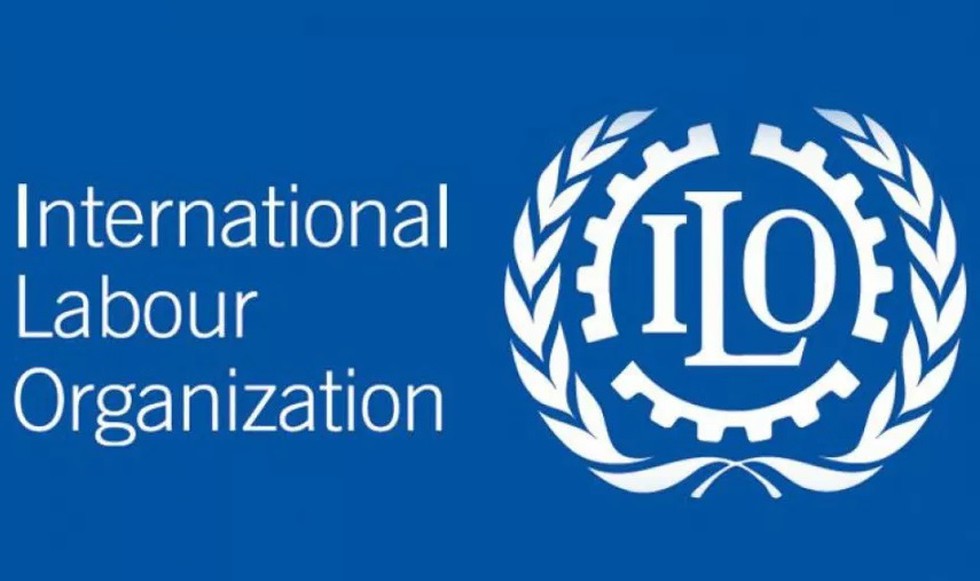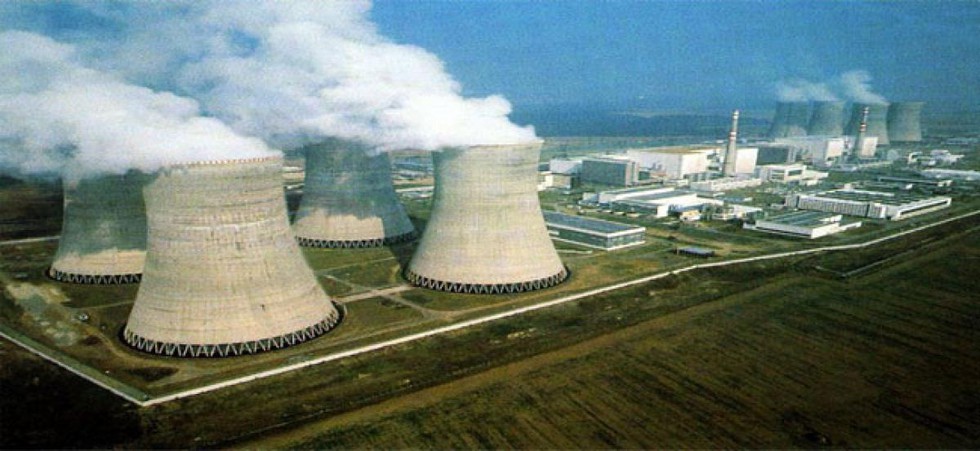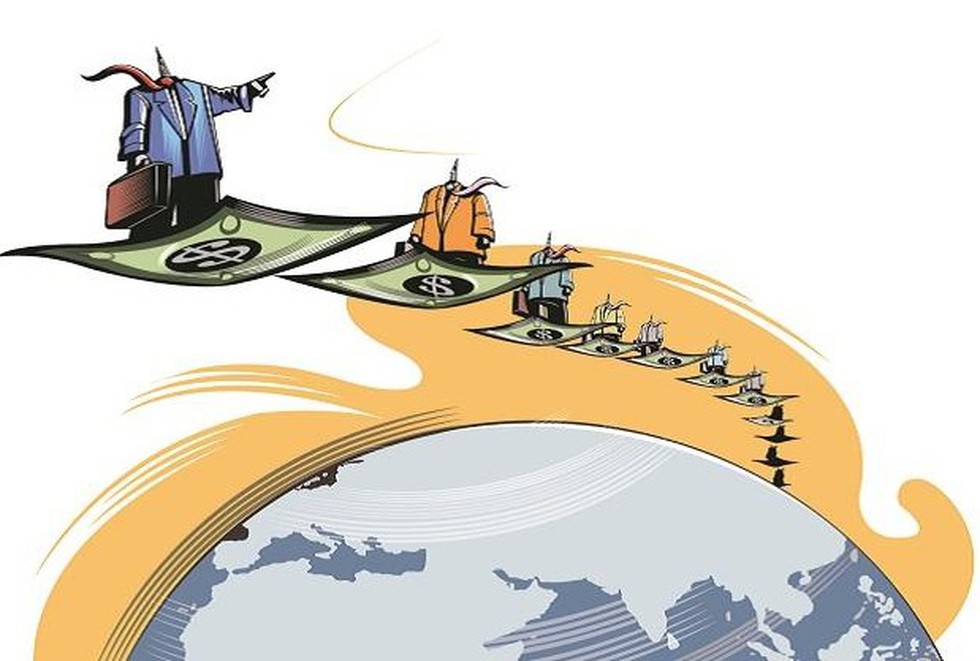1. Gamma-Ray bursts (GRBs)
Photometric observations recently taken with the 3.6 m Devasthal Optical Telescope have provided vital information on the earliest phase of a kilonova ever detected, radically changing the understanding of scientists about the origin of GRBs.

About:
- GRBs are powerful astronomical cosmic bursts of high-energy gamma-ray.
- GRB emits more energy in a few seconds than our Sun will emit in its lifetime and has two distinct emission phases:
- the short-lived prompt emission (the initial burst phase that emits gamma-rays), followed by a long-lived multi-wavelength afterglow phase.
- The prompt emission (initial gamma-ray emission) of GRBs are automatically discovered by space-based gamma-ray missions such as NASA’s Fermi Gamma-ray Space Telescope, Neil Gehrels Swift Observatory, and India’s AstroSat.
Kilonova:
- In recent years, scientists have discovered a special phenomenon called a kilonova of visible and infrared light with short-period GRBs, also known as a potential source of gravitational waves.
- It has been hypnotized that the heat produced by the radioactive decay of heavier elements may emit kilonova.
- This process also produces heavier elements, such as gold and platinum.
- However, observing kilonovas at near-infrared wavelengths is technically challenging, and only a few telescopes on Earth, including the 3.6-meter Devasthal Optical Telescope of the Aryabhatta Research Institute of Observational Sciences (ARIES), can detect kilonova and gravitational wave objects at these wavelengths upto faint limits.
Source : PIB
2. The International Labour Organization (ILO)
Big industry do not follow labour standards in India, representatives of worker unions said at the ongoing Asia and the Pacific Regional Meeting of the International Labour Organization (APRM of ILO).

About:
- The International Labour Organization (ILO) is the United Nations agency for the world of work.
- Mandate:Its mandate is to advance social and economic justice through setting international labour standards.
- Motto:ILO’s mandate as the basis for peace is expressed today as Decent Work for all.
- HQ:Geneva, Switzerland.
- Parent organization:Economic and Social Council of the United Nations.
- It is also a member of the United Nations Development Group (UNDP), a coalition of UN organization aimed at helping meet the Sustainable Development Goals.
- History:It was created in 1919, as part of the Treaty of Versailles that ended World War I, to reflect the belief that universal and lasting peace can be accomplished only if it is based on social justice. In 1946, the ILO became a specialized agency of the newly formed United Nations.
- Members:The ILO has 187 member states: 186 out of 193 UN member states plus the Cook Islands.
- Structure:It is the only tripartite U.N. agency, that brings together governments, employers and workers’ representatives of 187-member States.
Source : The Hindu
3. Right of Prisoners
The State of Punjab has recently furthered the cause of right to life and personal liberty of prisoners by allowing conjugal visits for inmates.

Conjugal rights:
- Conjugal rights are rights created by marriage, that is, the right of the husband or the wife to the company of their spouse.
- In the context of prisons, however, conjugal visits refer to the concept of allowing a prisoner to spend some time in privacy with his spouse within the precincts of a jail.
- Impacts:
- It is often argued that conjugal visits can have positive impacts in the form of psychological health benefits for prisoners, preservation of marital ties and, reduction in the rates of homosexuality and sexual aggression within prisons.
- Aside from the above, it is also argued that conjugal visits are a fundamental right of the spouses of the prisoners.
- Prisoner rights are internationally recognised through the United Nations Standard Minimum Rules for the Treatment of Prisoners, the Universal Declaration of Human Rights, the International Covenant on Civil and Political Rights etc.
- Through such instruments, prisoners are guaranteed the right to life and inherent dignity.
- The right to maintain family relations including conjugal visits are included in these treaties.
- Most prison Acts and Rules across the country accept the importance of maintenance of continuity in family and social relations.
Source : The Hindu
4. India’s Nuclear Power Programme
According to the Union Government, India plans to build more nuclear power plants to increase the production of clean energy. The government has recently approved five new sites for nuclear power plants and given the financial go-ahead to build 10 700-MW pressurized heavy water reactors.

India has a 3-stage nuclear programme.
- The 3-stage nuclear programme is developed with the aim of utilizing the vast Thorium reserves in India (about 25% of the world)
- Besides India has limited availability of Uranium reserves (about 2% of the world’s uranium reserves)
- 1st Stage
- Pressurized Heavy Water Reactors are based on natural uranium that contains 99.3% U-238 and 0.7% U-235.
- U-235 being fissile sets up the chain reaction and U-238 being non-fissile gets converted to Pu-239 as a byproduct (spent fuel) which is in turn used in the Fast Breeder Reactors in the 2nd
- 2nd Stage
- Fast Breeder Reactors are primarily based on Plutonium.
- Further the breeder reactors use mix of Plutonium-239 produced in the 1st stage and U-238 that is abundantly found on earth to produce Plutonium inside the reactor.
- Note that U-238 is not fissile material and thus cannot set up chain reaction.
- Since the amount of Plutonium produced inside the reactor is more than that initially used, it is called Breeder reactor.
- In order to increase the probability of neutron hitting U-238, these reactors do not use a moderator to slow down neutrons and thus they are called Fast Breeder Reactors.
- Once the Plutonium-239 is completely used, Thorium is introduced in the reactor to convert it into U-233 that will be used in 3rd
- 3rd Stage
- Thermal Breeder Reactors uses U-233 that is produced in the 2nd stage using thorium-232.
- Thorium is also not radioactive and thus not fissile.
- Since these reactors also produce U-233 out of Thorium-232 they are called breeder reactors.
- India has abundant thorium reserves in the form of monazite sand, and therefore the 3rd stage is critical for India’s nuclear energy basket.
Source : The Hindu
5. Online Betting
The Information and Broadcasting Ministry has recently asked Google to comply with its advisory to refrain from publishing or broadcasting advertisements of online betting platforms or any surrogate product depicting them.

About:
- The latest guideline was issued by the Ministry in October after it noted violations of a previous advisory in June 13, 2022, as some online offshore betting platforms had started using news websites as a surrogate product to advertise betting platforms on television channels.
- Online betting platforms were advertising themselves as professional sports blogs, sports news websites, etc. while providing an indicative list of online betting platforms which were using news for surrogate advertising.
- In view of the Guidelines for Prevention of Misleading Advertisements and Endorsements for Misleading Advertisements-2022 under the Consumer Protection Act, read with the Advertising Code under the Cable TV Network Regulation Act, advertisements of the news websites that were in fact surrogate promotions, did not appear to be in strict conformity with the laws.
Betting and gambling:
- Betting and gambling, illegal in most parts of the country, pose significant financial and socio-economic risk for the consumers, especially youth and children, the advisory states.
- These advertisements on online betting are misleading and have the effect of promoting this largely prohibited activity.
Source : The Hindu
6. Koundinya Wildlife Sanctuary
An 18-member herd of all female elephants from the forests of Gudiyattam and Pernambattu of Tamil Nadu are currently on the prowl in the Koundinya wildlife sanctuary zone in Chittoor district, apparently “in search of mates”.

About:
- It is located in Palamner - Kuppam forest ranges of Chittoor district of Andhra Pradesh.
- This Sanctuary comes under Project elephant - a Country wide Elephant Conservation Project taken up by Government of India.
- The only home for Asiatic elephants in the State of Andhra Pradesh.
- Flora
- Plants like Albizzia amara, Ficus glomerata, Zizyphus xylocarpus, Gymnosporia Montana, etc.
- Fauna
- Reptiles like Common cobra, Rat snake, Indian rock python, Forest calotes, Skinks, etc.
- Birds like Partidges, quails, storks, Cotton teal, etc.
- Mammals like Indian Elephant, Panther, Sloth bear, Wild boar, Chowsingha, Nilgai, Hyena, Jackal, etc.
Source : The Hindu
7. Foreign Direct Investment (FDI)
The Foreign Direct Investment into India is continuously increasing since 2014-15. In the last seven financial years, over 443 US billion dollars’ worth of FDI inflows have come into the country.

About:
- Foreign direct investment (FDI) is an investment from a party in one country into a business or corporation in another country with the intention of establishing a lasting interest.
- With FDI, foreign companies are directly involved with day-to-day operations in the other country.
- FDI enters in India through either of the two routes:
- Automatic route
- The non-resident or Indian company does not require prior nod of the RBI or government of India for FDI.
- Government-approval route
- The government's approval is mandatory and the company will have to file an application through Foreign Investment Facilitation Portal.
Source : All India Radio
8. Kumbhalgarh Fort
The Sherpas of the G20 countries and invitees from countries and international organisations recently visited the famous Kumbhalgarh Fort in Udaipur.

About:
- Kumbhalgarh is the second most important citadel after Chittorgarh in the Mewar region.
- The fort was built in the 15th century AD by Rana Kumbha.
- The massive fort is 3,600 feet tall and 36 kilometres long, and it surrounds the city of Udaipur.
- It is the second-longest wall of the world after the Great Wall of China.
- The fort has also been designated a UNESCO World Heritage Site as part of the group of Hill Forts of Rajasthan.
- It is strategically located on the western Aravalli hills.
- The fort contains seven fortified gateways and several Jain temples, as well as the Lakhola Tank, the most famous tank within the fort, which was built by Rana Lakha.
- It is the birthplace of Mewar's legendary king Maharana Pratap.
- Its defences could be breached only once by the combined armies of the Mughal and of Amber primarily for scarcity of drinking water.
Source : All India Radio
9. Reserve Bank of India’s Monetary Policy Review
The Monetary Policy Committee (MPC) of the Reserve Bank of India recently increased the repo rate by 35 basis points (bps) to 6.25%, and the Standing Deposit Facility stands raised to 6%.

About:
- Since May, the board has now increased the key rate by 225 bps in FY23.
- A 100 basis points equal one percentage point.
- Retail price inflation in India reduced to 6.77 percent YoY in October 2022 from a five-month high of 7.41 percent in September, 2022.
- However, the fact that it continued to be above the central bank's acceptable limit of 2 to 6 percent for a tenth consecutive period prompted RBI to raise the repo rate for the fifth time.
- Inflation is expected to be 6.7% this year, with CPI inflation for the first quarter of 2023-24 projected at 5% and the second quarter at 5.4% on the assumption of a normal monsoon.
- The central bank’s key committee also marginally lowered the GDP projection to 8% for 2022-23, with the third quarter registering 4.4% growth.
- The rupee has appreciated by 3.2% in real terms even as several other currencies have dropped.
Monetary Policy Committee
- The Monetary Policy Committee of India is responsible for fixing the policy interest rate, to achieve the objectives of monetary policy.
Composition:
- Three officials of the Reserve Bank of India, with Governor of RBI as Chairperson, ex officio
- Three external members appointed by the Government of India
- The external members hold office for a period of four years.
- Decisions of the MPC are taken on the basis of majority, with Governor having the casting vote in case of a tie.
- The MPC meets least 4 times a year and it publishes its decisions after each such meeting.
Source : The Hindu
10. Animal Welfare Board of India (AWBI)
Animal Welfare Board of India has recently issued advisories with regard to stray dogs and pet dogs.

About:
- AWBI is a statutory advisory body under the Union Ministry of Environment.
- It derives its legal structure from the Prevention of Cruelty to Animals Act, 1960.
- It was established in 1962
- It was started under the stewardship of Late Smt. Rukmini Devi Arundale, well known humanitarian.
- Headquarters: Chennai
- Mandate:
- It frames rules on how animals ought to be humanely treated everywhere.
- It has also frequently litigated to have stricter laws to ensure animals were not unduly harassed or tortured.
- Membership:
- Several government organisations, along with animal rights activists and parliamentarians, are represented on the Board.
- The Board consists of 28 Members.
- The term of office of Members is for a period of 3 years.
Source : All India Radio





























































































































































.png)
.png)
.png)
.png)
.png)


.png)
.png)
.png)





.png)
.png)






.png)
.png)
.png)
.png)
.png)
.png)
.png)
.png)
.png)

.png)







.png)
.png)


.png)
.png)
.png)


.png)

.png)
.png)





.jpg)

.png)
.png)


.png)

.png)
.png)
.png)

.jpg)

.jpg)


.png)

.png)
.png)
.png)
.png)
.png)
.png)
.png)
.png)
.png)
.png)




.png)

.png)





.png)
.png)
.png)
.png)
.png)
.png)
.png)
.png)
.png)
.png)
.jpg)
.jpg)

.png)
.png)
.png)
.png)
.png)
.png)
.png)
.png)
.png)
.png)
.png)
.png)
.png)
.png)
.png)
.png)
.png)
.png)
.png)
.png)
.png)
.png)



.png)
.png)

.jpg)
.jpg)


.jpg)
.jpg)
.jpg)
.jpg)
.jpg)

.jpg)








.jpg)
.jpg)
.jpg)
.jpg)
.jpg)

















.jpg)
.jpg)







.jpg)


















.jpg)
.jpg)



























































































.jpg)
.jpg)


























.jpg)

.jpg)










.jpg)








.jpg)




.jpg)










.jpg)


















.jpg)












































.jpg)














.jpg)
.jpg)
.jpg)





.jpg)

.jpg)
.jpg)





































































.jpg)


































.jpg)
.jpg)
















































.jpg)












.jpg)


.jpg)




.jpg)
.jpg)
.jpg)

.jpg)
.jpg)
.jpg)
.jpg)

.jpg)
.jpg)
.jpg)

.jpg)
.jpg)
.jpg)
.jpg)
.jpg)
.jpg)
.jpg)
.jpg)

.jpg)


.jpg)
.jpg)
.jpg)
.jpg)
.jpg)
.jpg)
.jpg)
.jpg)
.jpg)
.jpg)











.jpg)
.jpg)





.jpg)
.jpg)
.jpg)
























.jpg)
























.jpg)









.jpg)
.jpg)







.jpg)
.jpg)









































.jpg)
.jpg)
.jpg)
.jpg)
.jpg)

.jpg)
.jpg)
.jpg)
.jpg)
.jpg)


.jpg)
.jpg)
.jpg)
.jpg)
.jpg)

.jpg)
.jpg)
.jpg)
.jpg)
.jpg)
.jpg)
.jpg)
.jpg)
.jpg)
.jpg)
.png)

.png)
.png)

.png)
.png)
.png)
.png)


.jpg)
.jpg)

.jpg)
.jpg)
.jpg)

.png)
.png)
.png)
.png)
.png)
.png)
.png)

.png)
.png)
.png)
.png)
.png)
.png)
.png)
.png)
.png)
.png)





































































-min.png)



.png)




.png)








































